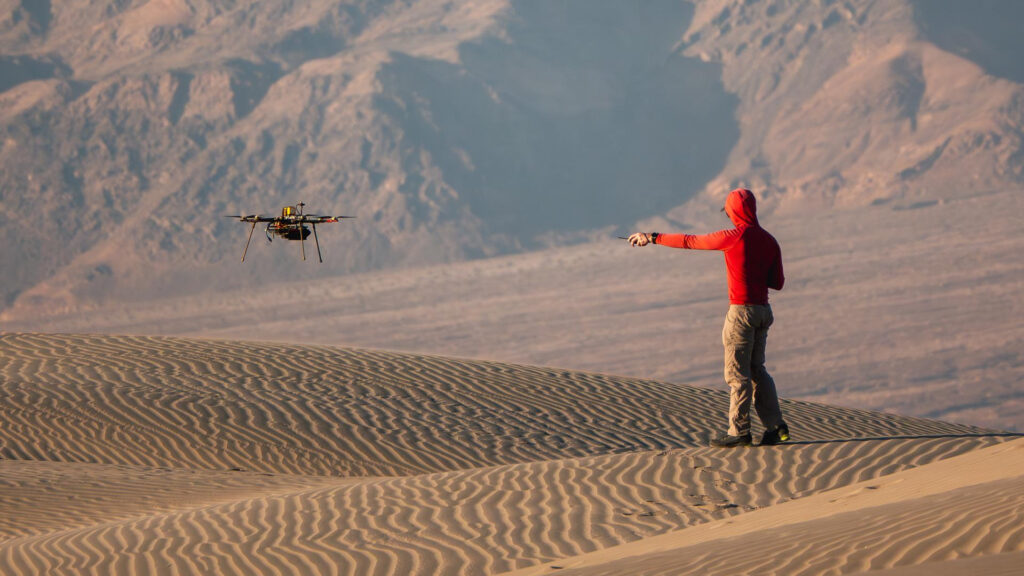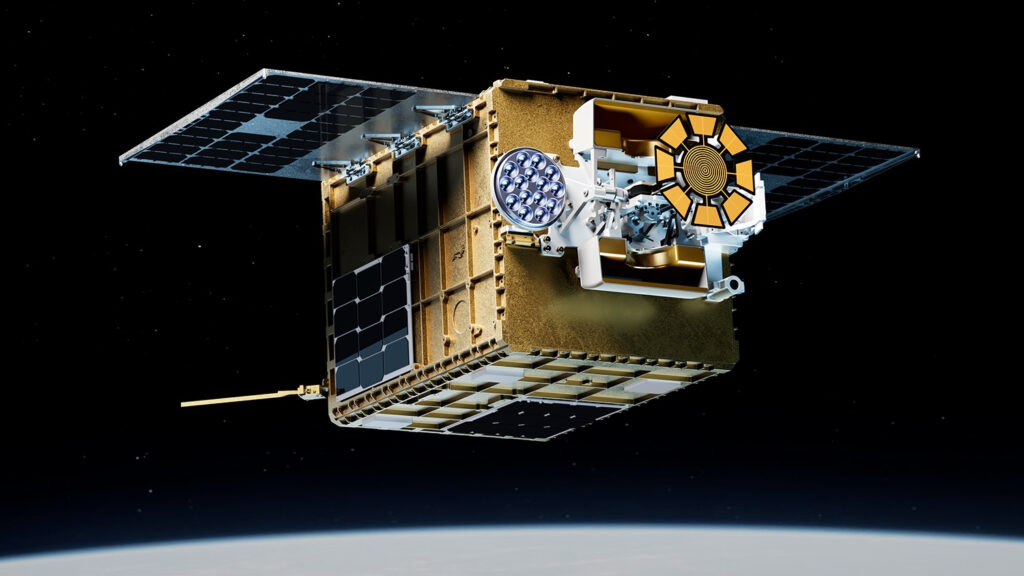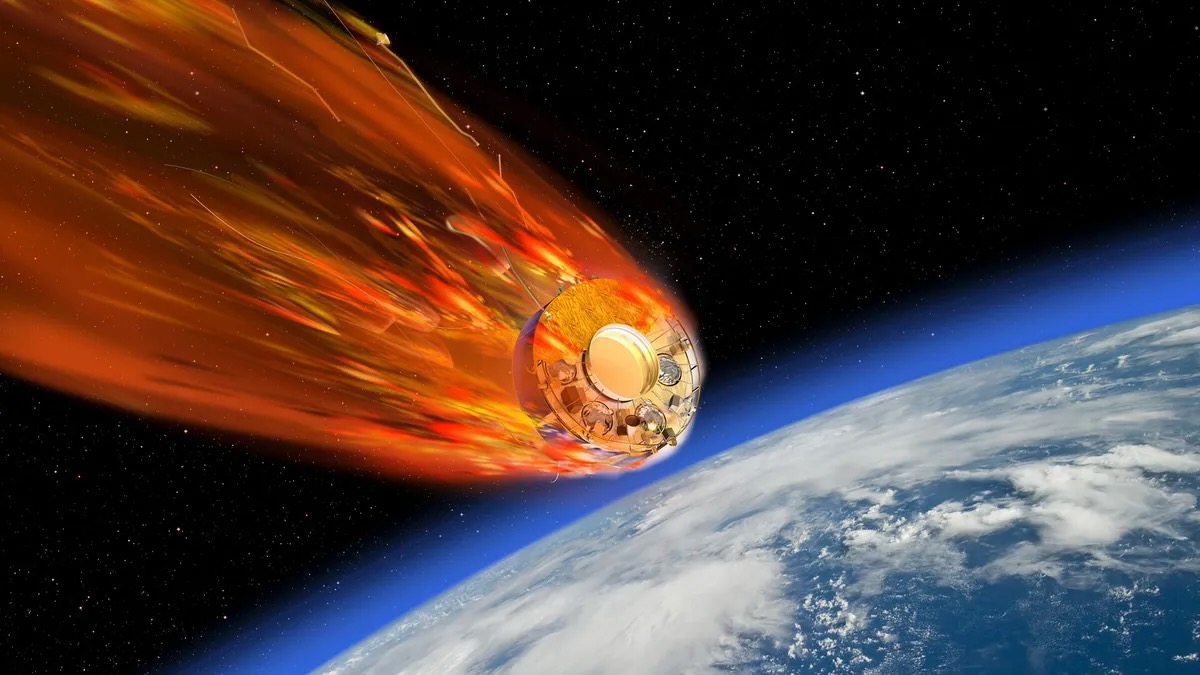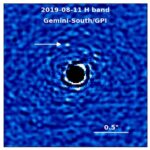Now Reading: AI could solve puzzles posed by twin stars in ‘mere minutes or seconds on a single laptop’
-
01
AI could solve puzzles posed by twin stars in ‘mere minutes or seconds on a single laptop’
AI could solve puzzles posed by twin stars in ‘mere minutes or seconds on a single laptop’
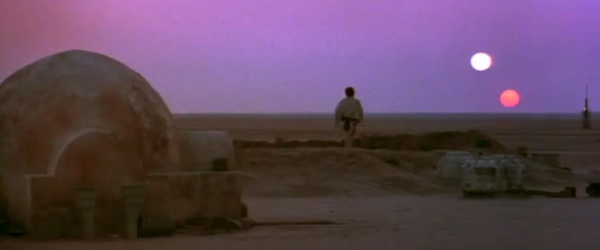
A new artificial intelligence program could revolutionize our understanding of binary star systems, deeply reducing the time it takes to distinguish the characteristics of their stars. With this program, what typically takes an entire month could be done in just 10 minutes.
The system, a neural network called PHOEBAI, could therefore revolutionize the process of assessing these twin star systems and determining stellar qualities such as mass and size, thus relieving a bottleneck of hundreds of thousands of potential binaries currently waiting to be analyzed.
“More than 50% of sun-like stars and more massive stars are in binary or multiple stellar systems,” research author and Villanova University researcher Andrej Prša told Space.com. “What took two weeks plus on a supercomputer now takes mere minutes or seconds on a single laptop.”
One of the most memorable sequences in 1977’s Star Wars: A New Hope is when Luke Skywalker gazes up at the twin stars of his home planet, Tatooine, dreaming of space adventures.
However, he wasn’t that far from his own planets’ suns. When staring at twin suns like from much greater distances — many light-years away — astronomers have a much tougher time than young Skywalker in determining two stars from one. The task is especially difficult if those stars cross each other’s faces (as seen from our vantage point on Earth), because this means light from both stars can be seen as a single point source.
To address this difficulty, astrophysicists from Villanova drafted in artificial intelligence (AI) in the hope that it could take what appears to be a single point of stellar light in systems many light-years away and distinguish whether the light is coming two stars, thus identifying a so-called “eclipsing binary system.”
Improving the speed of assessing binary stars by a factor of millions, as presented by PHOEBAI, is so exciting because of just how many stars in the universe exist in binary and multi-star systems.
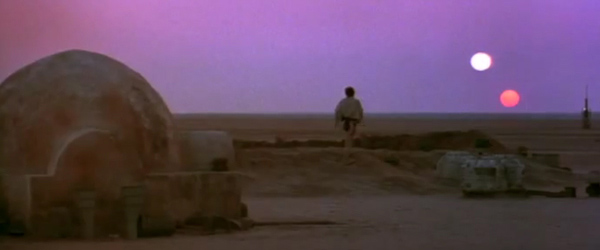
The importance of PHOEBAI goes beyond the context of simply discovering these systems. This is because the only way scientists can “weigh” the stars is by observing the orbital properties of another body that orbits them.
“If that other body happens to be a star, it’s great, because we can see it — unlike, for example, a faint orbiting exoplanet. So, binary stars give us stellar masses,” Prša said. “Better yet, they can also give us stellar radii. Stars are quite literally at astronomical distances, meaning that, for the most part, we cannot resolve their disks. Enter binaries. If our vantage point is aligned with the orbital plane of the binary system, the stars will undergo eclipses. It is then a matter of simple geometry to figure out what the stellar sizes are.”
That’s how you “solve” a star system.
How do you solve a problem like PHOEBAI?
Prša pointed out that while eclipsing binary stars can give astronomers access to fundamental parameters of stars, accessing these qualities has been costly in terms of time and resources.
“Stars are very complicated thermodynamic bodies that are difficult to model; the models are thus complex, and their computation is time-costly,” Prša said. “To ‘solve’ a typical binary star, it takes upwards of two weeks on a computer cluster. This becomes prohibitively long if we are trying to analyze hundreds of thousands of binaries that we currently have at our disposal.”
PHOEBAI is based on a “physical model” called PHOEBE. PHOEBE has been heavily optimized already, and was thus able to provide its offspring with tens of millions of artificially generated observables.
“The role of AI in this context is to act as a drop-in replacement for the physical model. In other words, we assume that the binary nature of the system is already established, and we want to analyze observations and extract fundamental stellar parameters of binary star components,” Prša said. “By doing this, we managed to create a robust ’emulator’ of the physical model that performs on par in terms of accuracy, but it outperforms the physical model in speed by a factor of around a million.”
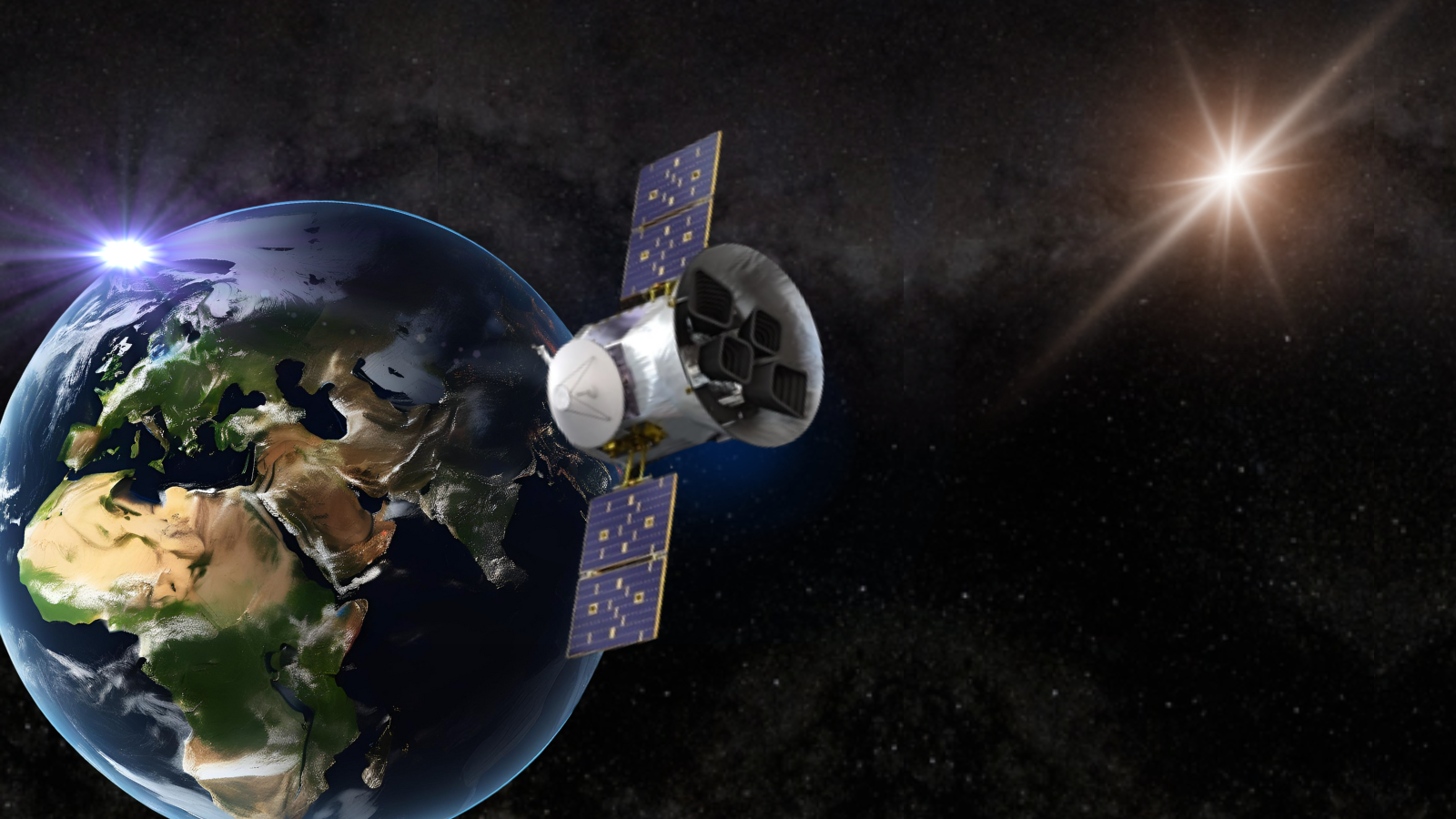
In terms of the missions PHOEBAI will be used to assist, Prša said the most obvious past and ongoing candidates are the Optical Gravitational Lensing Experiment (OGLE), NASA’s exoplanet hunters, the Kepler Space Telescope, and the Transiting Exoplanet Survey Satellite (TESS). He added that PHOEBAI’s pinnacle results will follow the fourth data release from the European Space Agency’s (ESA) star-tracking spacecraft, Gaia.
“PHOEBAI absolutely has the potential to revolutionize our understanding of binary stars,” Prša said. “I expect that the next year will witness a transformation of the binary star field by raising the number of solved binaries from several hundred to hundreds of thousands.
“This will be a treasure trove of stellar population studies for the years to come.”
Related stories:
In the meantime, Prša explained the team is currently in the process of performing last-minute validation of its AI outputs to make sure there are no ghosts in the machine in the form of systematic errors.
“In parallel, we are getting TESS Full Frame Image data ready to be modeled. Over the summer, we will have preliminary results for around 150,000 eclipsing binary light curves, and we will invest a few months to analyze and interpret these data thoroughly,” Prša concluded. “Once done, we will disseminate these findings to the scientific audience and the general public in peer-reviewed papers and on the project’s website.“
The team’s research was published in February in The Astrophysical Journal.
Stay Informed With the Latest & Most Important News
-
 012024 in Review: Highlights from NASA in Silicon Valley
012024 in Review: Highlights from NASA in Silicon Valley -
 02Panasonic Leica Summilux DG 15mm f/1.7 ASPH review
02Panasonic Leica Summilux DG 15mm f/1.7 ASPH review -
 03From Polymerization-Enabled Folding and Assembly to Chemical Evolution: Key Processes for Emergence of Functional Polymers in the Origin of Life
03From Polymerization-Enabled Folding and Assembly to Chemical Evolution: Key Processes for Emergence of Functional Polymers in the Origin of Life -
 04How New NASA, India Earth Satellite NISAR Will See Earth
04How New NASA, India Earth Satellite NISAR Will See Earth -
 05And Thus Begins A New Year For Life On Earth
05And Thus Begins A New Year For Life On Earth -
 06Astronomy Activation Ambassadors: A New Era
06Astronomy Activation Ambassadors: A New Era -
07SpaceX launch surge helps set new global launch record in 2024












